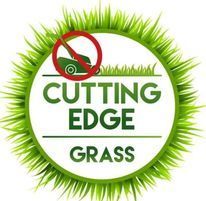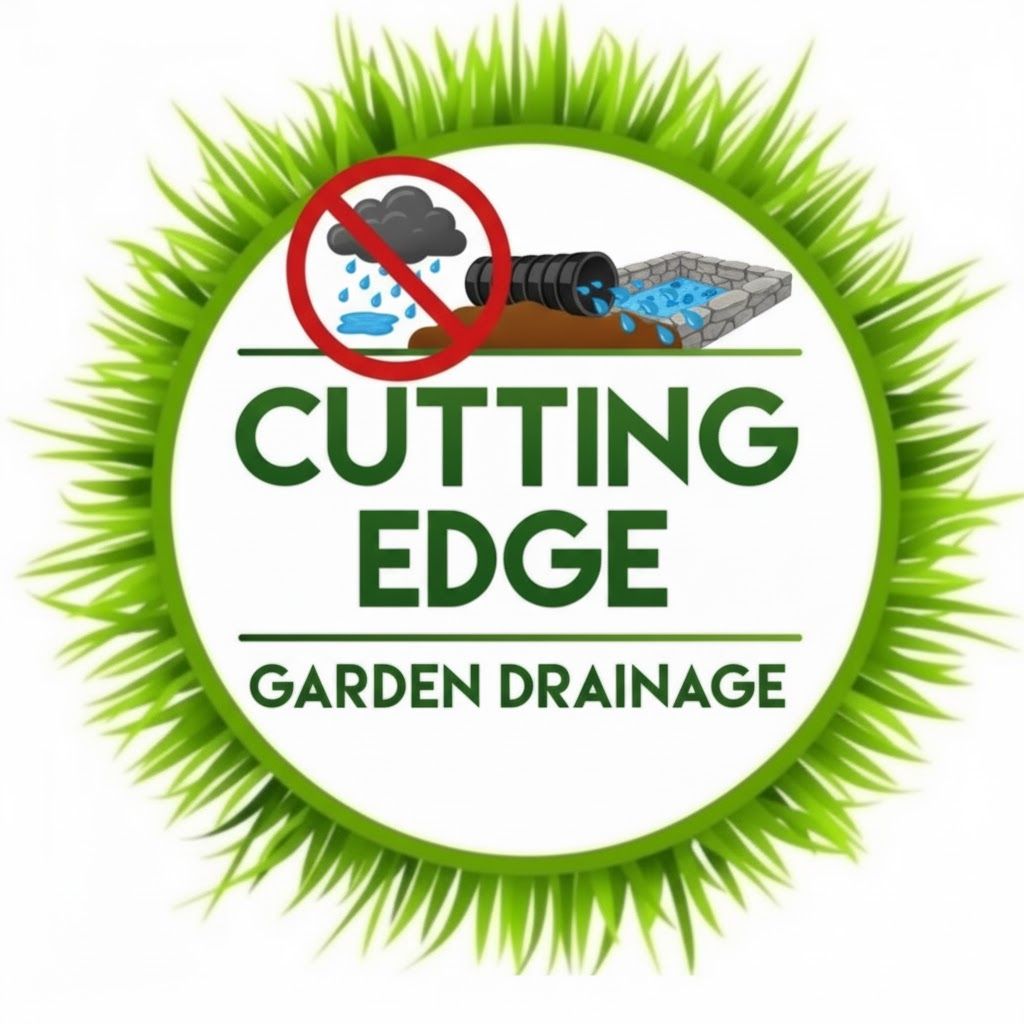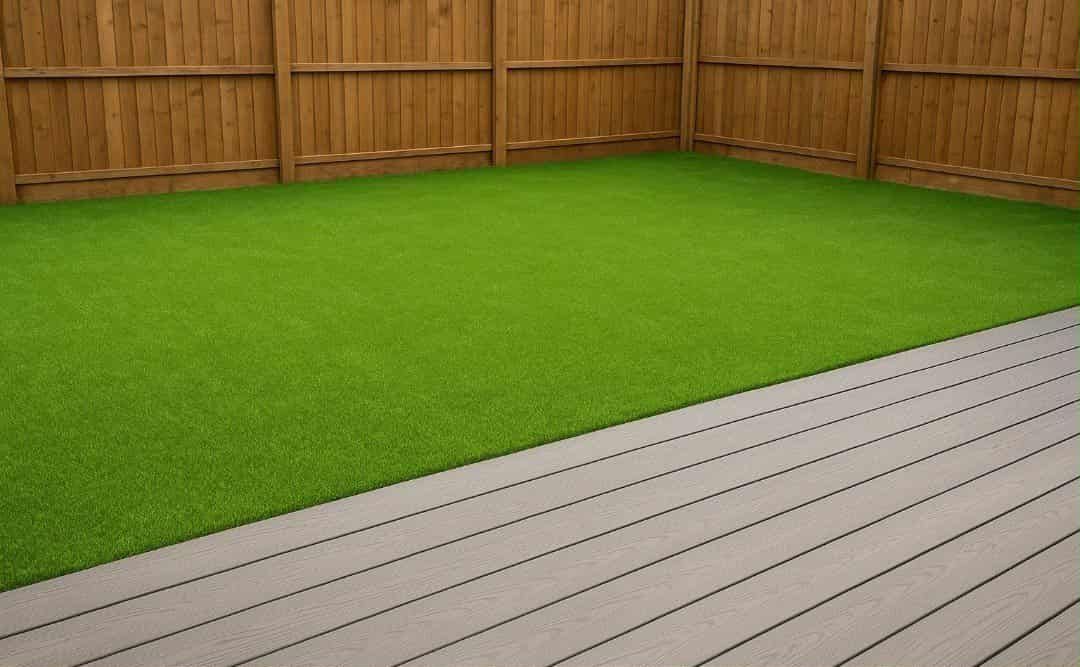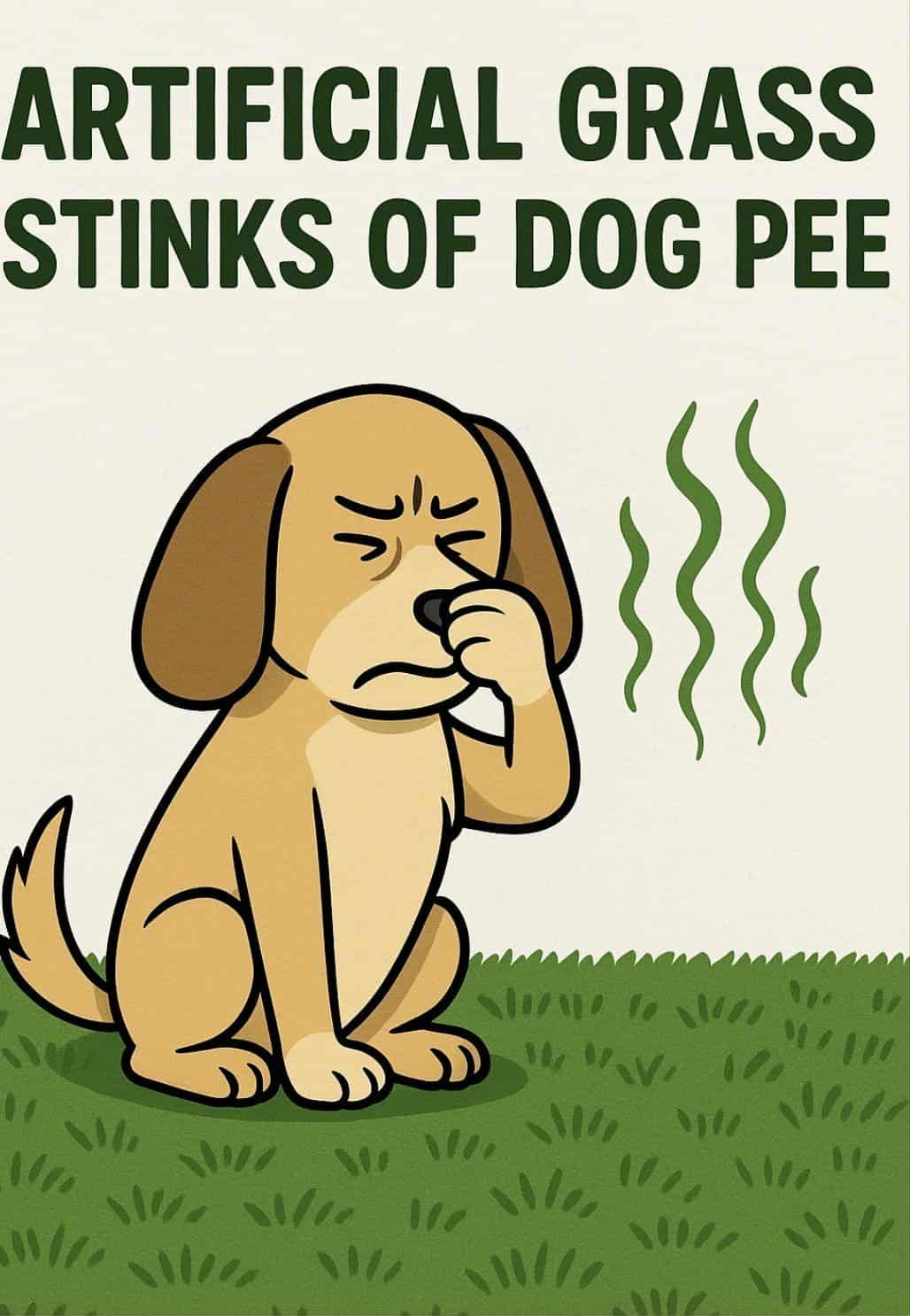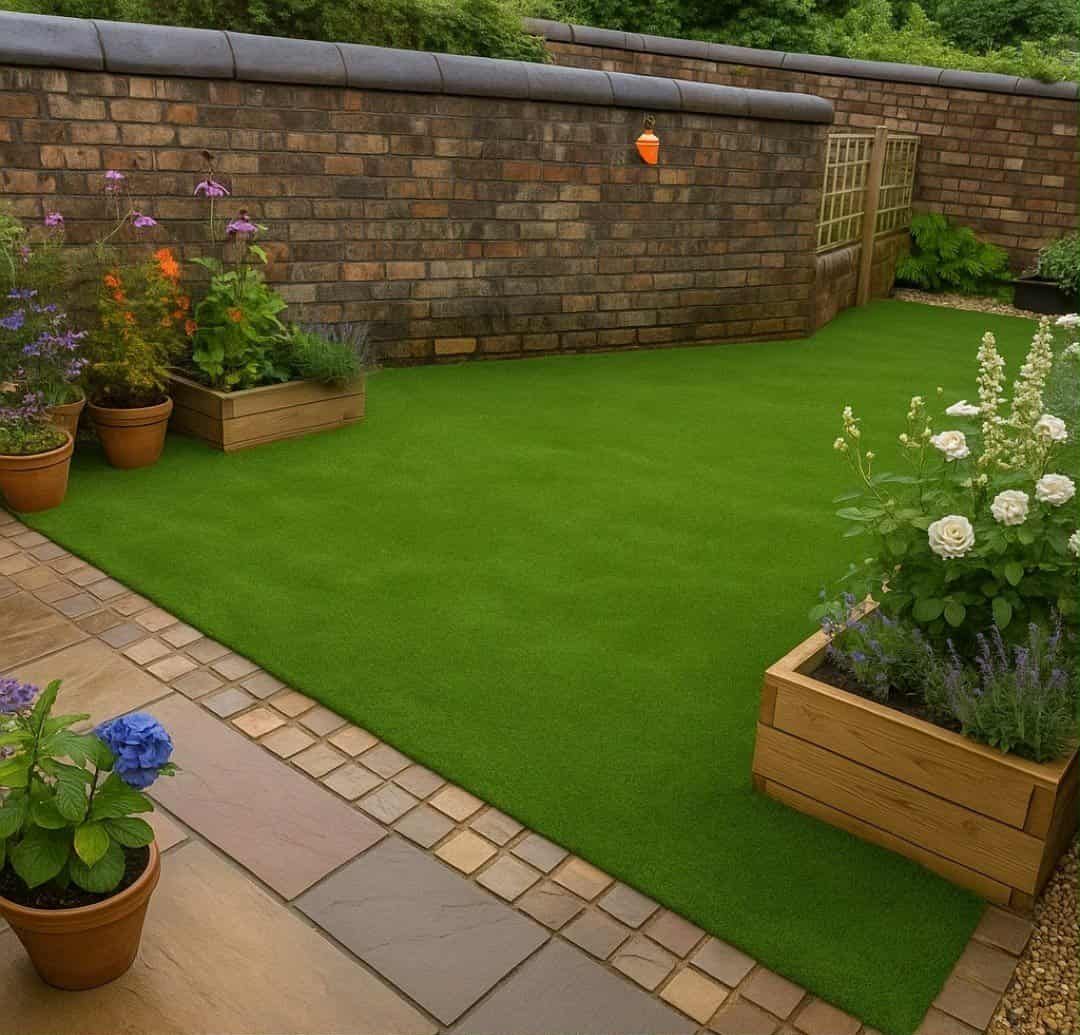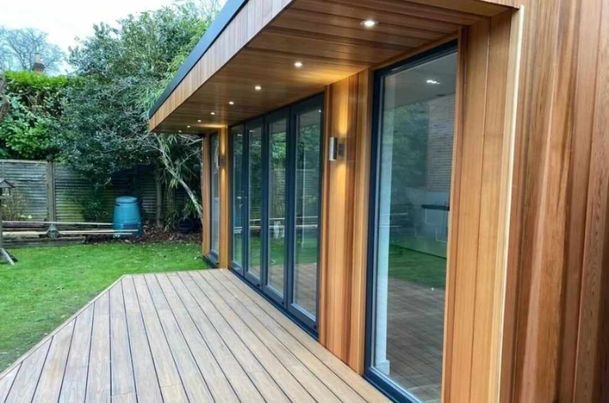Please don't get caught out. To avoid the awful dog urine odours, it starts with selecting the correct grass which will normally be described as "Pet Specific". These grasses are specially designed and manufactured with a non absorbent PU backing (polyurethane). Never use the common LATEX backed artificial grass. The vast majority of grass on the market is child and pet friendly LATEX backed grass which will harbour odours because it's absorbent.
Cutting Edge Artificial Grass
Scotland's Specialists in Low Odour Artificial Grass for Dog Areas

Landscapers and Garden Drainage Solutions in Irvine
Welcome to Cutting Edge Artificial Grass. With our 5 star reviews on Google you can be sure that you are in safe hands for all your artificial grass and landscaping needs. Be the envy of your neighbours and let us transform your garden into an amazing, outdoor living space.
A full landscaping and garden work
service is available including garden drainage, fencing, gates, decking, monoblocking, driveways, patios, garden sheds and garden rooms, to name just a few offerings. New fences and decking can be built from either timber or composite.
Station Yard
Station Row
Drybridge
Irvine
KA11 5BZ
Tel. 01294 688268
Telephone lines are open from 9am to 5pm Monday to Friday. Closed Saturday and Sunday.
Over 25 artificial grass retail samples are available to view 24/7 on the outer fence, beside the traffic lights outside the yard.
Supply only (retail) artificial grass prices range from £5m2 to £25m2.
View our supply and fitting prices here, click to view
Need a price for supply and fitting? Give us a call. We offer 6 different price packages, to help meet most realistic budgets. All 6 packages will look amazing, no matter which one that you choose.
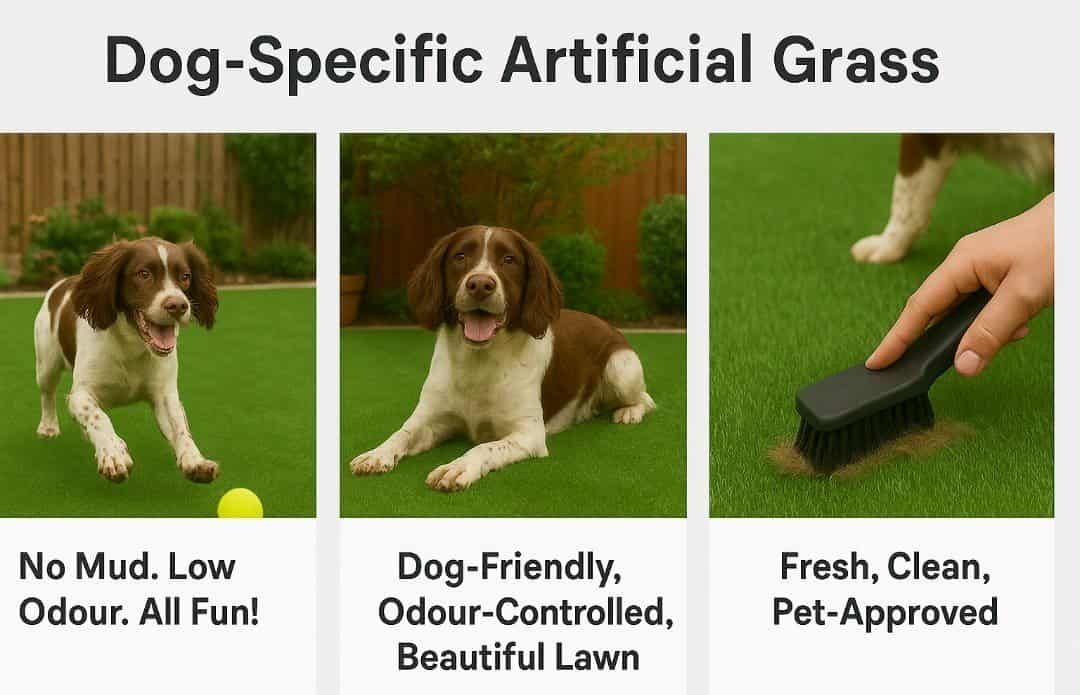
PET FRIENDLY is a very misleading marketing term, which really just means that the grass will not harm your pet because it is free from harmful elements such as lead, cadmium and zinc. Pet Specific is what you really want!
The sub-base for dog areas should also be totally different . On some installations, it may be best to avoid using Type 1 and whin dust, because the fine dust in these slows down the drainage, thus more risk of urine smells. Sand in particular should be avoided at all costs, as it holds uric acid crystals, which causes the odours. Installations with sand are also a big No No, because sand is a great medium for weeds, mould and mildew to grow, it cannot be fully compacted, it washes away, it sinks and it encourages ant activity and nesting.
The proper sub-base should be as deep as possible and very fast draining. There are also specialist products on the market that are designed to keep the dog urine odours under control.
The use of modern additives can significantly reduce dog urine smells especially if applied below the grass and also power brushed into the top of the grass at the time if installation. There is also a chemical that can also be applied above and below the grass before the astroturf is fixed down.
To keep the odours to a minimum it's best to hose down your grass as often as possible especially during warm dry periods. Adding a timed water sprinkler system can be a good investment.
Regular brushing and application of a decent enzyme/bacteria cleaner is also recommended for those with dogs.
Covering Ayrshire, Dumfries, East Kilbride, Paisley and Glasgow with Quality Artificial Grass.
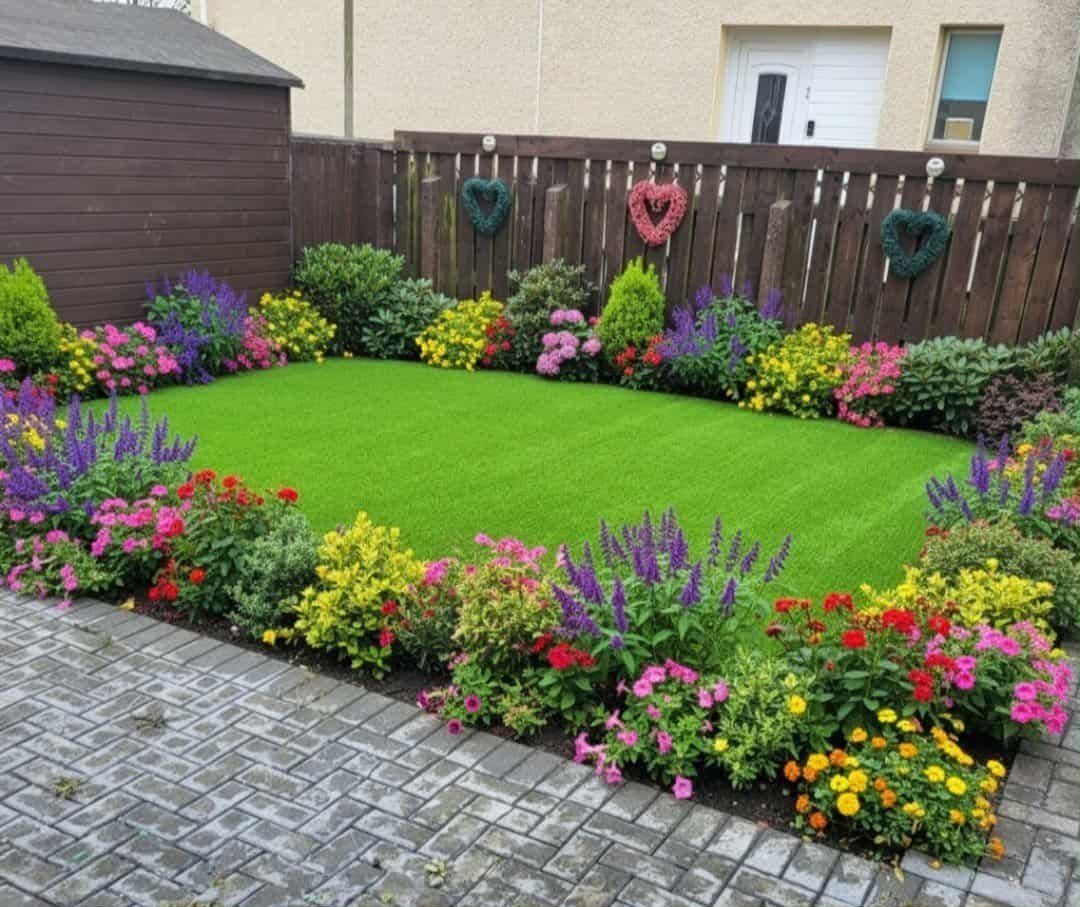
Local Artificial Grass Fitting Specialists - Astroturf Installers Irvine, North Ayrshire
Cutting Edge Artificial Grass are specialists in the supply and fitting of artificial grass. We are a team of astroturf experts (some call us Geeks) . We offer outstanding quality fake lawn installations, bespoke to your particular needs such as kids play, front show grass, low odour dog area, putting greens etc. 5 different price packages are available to help meet most budgets.
If you want to make your new fake lawn even more realistic, then we can add natural plants or even extremely real looking artificial plants.
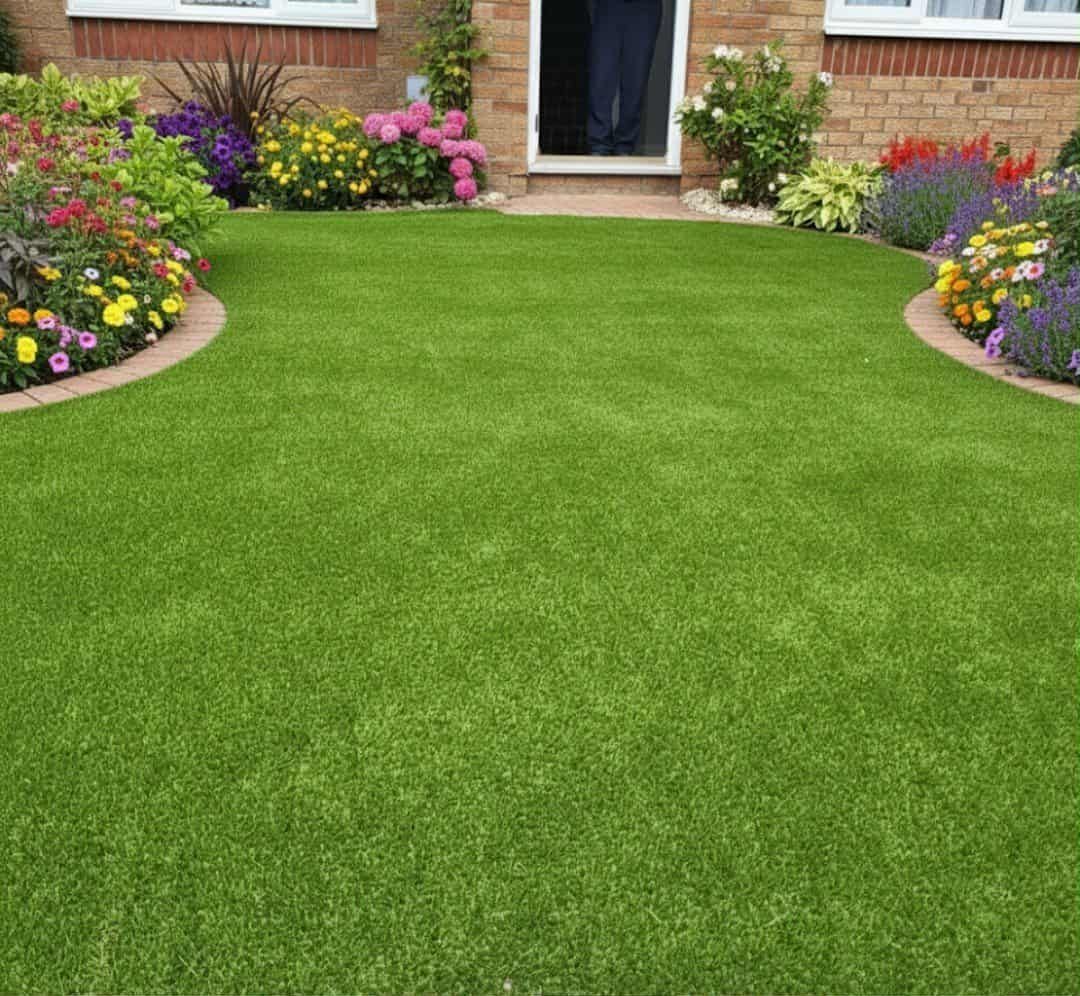
We are a member of the Association of Artificial Grass Installers
Approved installers for various manufacturers.
IOSH Health & Safety Trained
£2 million insurance
Artificial Grass Services
Installation
Artificial Grass Supply
Accessories
Cleaning
Odour Control
Repairs
Astro Grass Types
UK manufactured
EU manufactured
Asian manufactured
Recycled Artificial Grass
Coloured Artificial Grass
PU backing
Latex backing
Anti-bacterial backing
ProFlow backing
Pureti technology
Artificial Grass Retail
We have a good range of artificial grass available for you to view 24/7 at our sample area, beside the traffic lights on Main Street, Drybridge, Irvine. Our grasses are priced significantly lower than our competitors on like for like grasses.
Collection or delivery lead time is around 3 to 5 working days.
NB
Immediate collection is NOT available from October to February!
Amazing grass and real value for money is however on offer!
Manufacturer Approved Installers
We are approved by
AAGI
